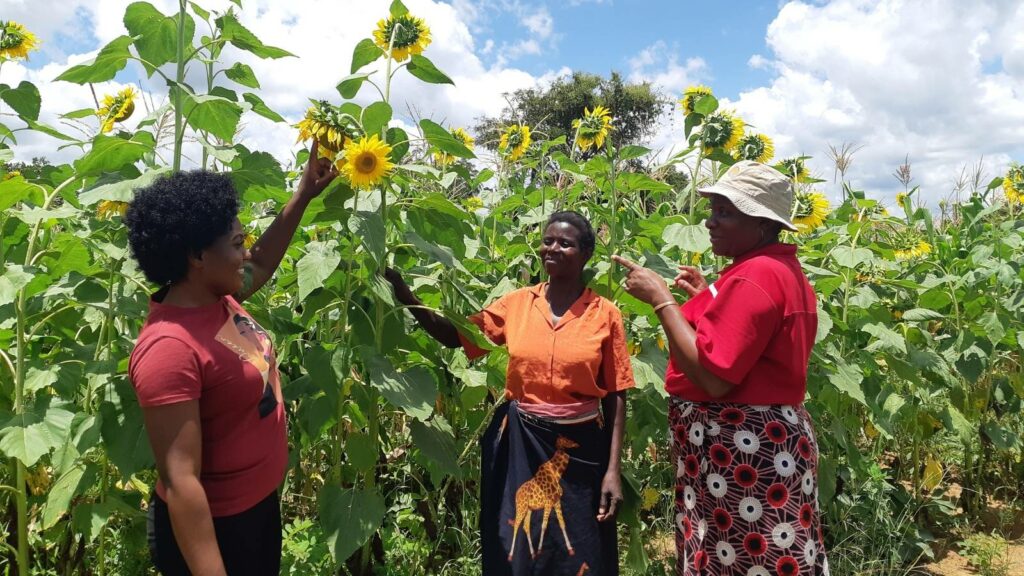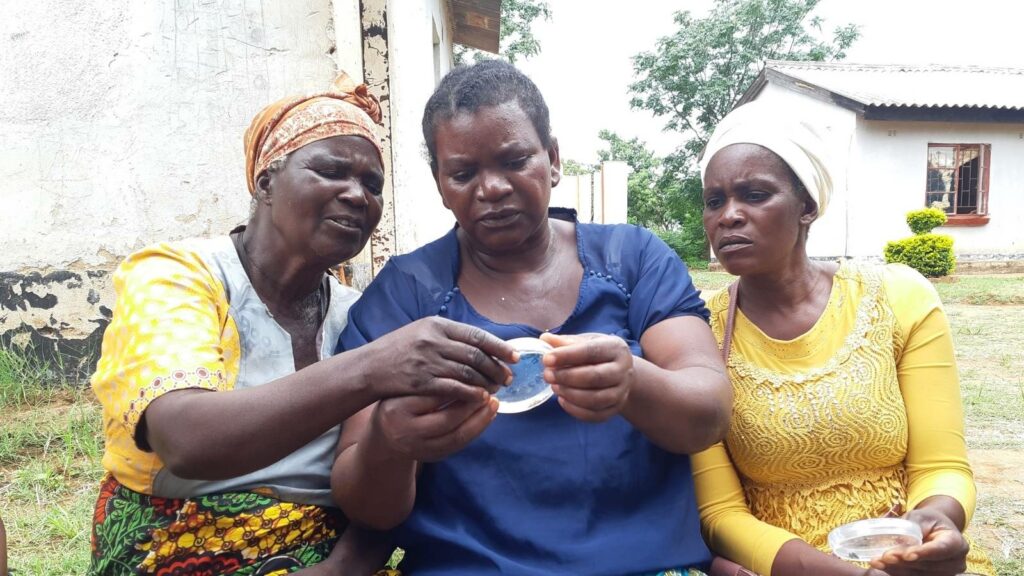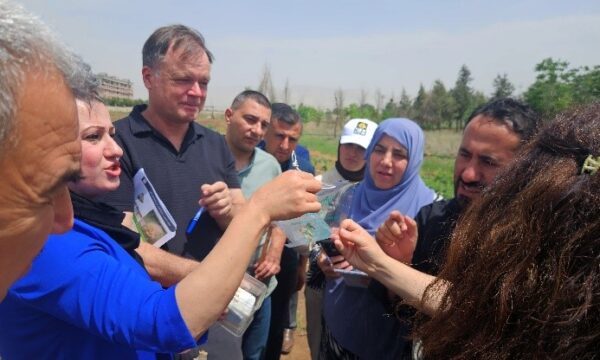Native to tropical and sub-tropical America, the highly invasive fall armyworm (FAW), Spodoptera frugiperda was first reported in Africa in 2016. The pest quickly spread to every country in sub-Saharan Africa, reaching Zambia in late 2016. Fall armyworm larvae feed on over 80 different host plants, including maize – a key subsistence crop for millions of smallholder farmers.

Natural Enemies
Fall armyworm infestations can cause significant yield losses, however, as seen in its native Americas, management options are available. Integrated Pest Management (IPM), particularly biocontrol, is one example. Biocontrol uses living organisms such as insects or pathogens, to control pest populations. Several local natural enemies are already present in invaded areas and have adopted FAW as a host. These potential biocontrol agents could make fall armyworm outbreaks more manageable for many Zambian farmers.
In Zambia, the team has identified 15 parasitoid species. These include egg, egg-larval, larval and larval-pupal parasitoids. Studies have shown that these parasitoids attack up to 45% of the FAW eggs and larvae during the crop cycle. Furthermore, a promising entomopathogen, Metarhizium rileyi, has been identified that can kill up to 70% of FAW larvae during the peak rainy season.
Considering this high diversity of local natural enemies in Zambia, further research is needed to understand the dynamic of this parasitoids complex and to assess the potential effectiveness of these local natural enemies as biocontrol agents.

Intercropping trials
Classical and augmentative biocontrol techniques are still being developed and tested and are not readily available to farmers. As such, farmers can implement conservation biocontrols to alleviate the damage until classical and augmentative biocontrol products become available. Conservation biocontrol involves promoting beneficial insects to decrease pest pressure on the crop systems. Intercropping maize with nectar-producing plants is a good example of this as it can provide food and shelter to fall armyworms’ natural enemies and increase their efficiency in controlling pest populations.
As part of the PlantwisePlus programme, intercropping trials have taken place over the last two years in Zambia. These on-station trials occurred during the rainy season of 2019-2020 and again in 2020-2021 when the team added more crops to the trials. The team assessed the parasitoid activities in maize plots intercropped with cowpeas, groundnuts, beans, sunflowers, or sorghum.
Fall armyworm samples
During the trial, the team sampled fall armyworm larvae and eggs each week at two sites before taking them to the laboratory. They identified and recorded parasitoids emerging from the fall armyworm. The ongoing data analysis will help determine the most favorable intercrop to promote local parasitoid populations. The team also collected FAW larvae from farmers’ fields as a baseline study to assess the level of on-farm parasitism in fields annually planted with maize.

Some farmers from the two districts involved in the projects voluntarily created their own 50m x 50m intercropping plots. The team also sampled these fields and compared the results with the maize monoculture fields. After the trial, the team provided the farmers with information on the parasites from their fields, including how natural enemies control fall armyworm and the best ways to encourage them in their fields.
Intercropping plots
During the latest rainy season in Zambia, more farmers established intercropping plots, which has allowed the team to take further FAW larvae and eggs samples. They will use these samples, along with the data from the first two years of intercropping, to conduct data analysis, with on-farm or on-station location added as an additional factor.
The team will soon be conducting a monitoring, evaluation and learning study to evaluate farmers’ perceptions of biocontrol and their willingness to adopt conservation biocontrol practices. The study hopes to promote IPM as a sustainable way to manage crop pests that is just as effective as potentially harmful chemical alternatives.
Further reading
Read the full paper: Factors influencing the occurrence of fall armyworm parasitoids in Zambia
Find out more about fall armyworm on the Invasive Species Compendium
Discover diagnostic and management information on the Plantwise Knowledge Bank
2 Comments
Leave a Reply
Related News & Blogs
Biological control in action: Zambia’s field days on fighting fall armyworm
Experts from CABI recently held two field days and an expo in Zambia, showcasing innovative approaches to pest management to 584 farmers, agro-dealers and other stakeholders to help raise awareness of approaches to tackle the invasive fall armyworm (Sp…
11 June 2025





This is good and we have seen intercropping working perfect in the control of FAW. From 2019 wen the research started we had massive infestation and damage of FAW on maize but with the practice being implemented we have witnessed drastical fall of FAW infestation and damage. The farmers are appreciating as this has helped them reduce cost of production since they are no longer purchasing pesticides to control FAW. Thank you Lena-Durocher- Granger
Thanks, this is encouraging phillis keep it up. with cheaper intervation employed in the control of pests the farmer can save scarce resources .